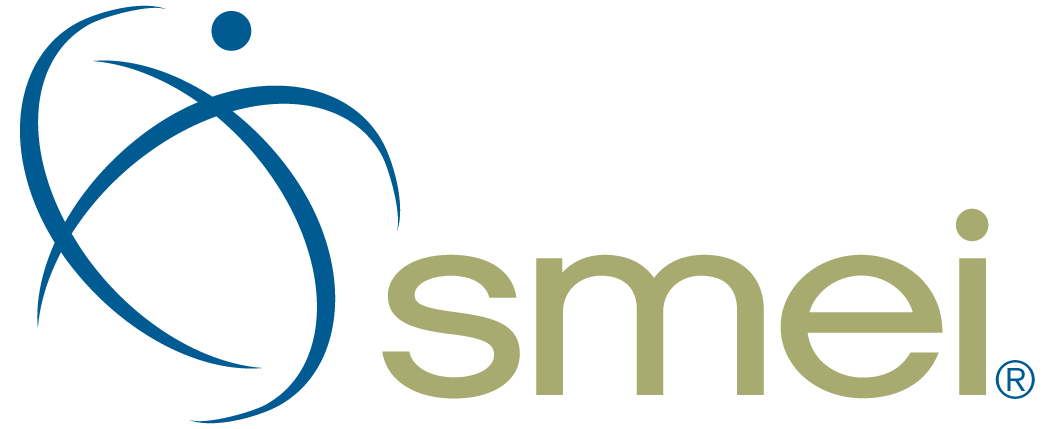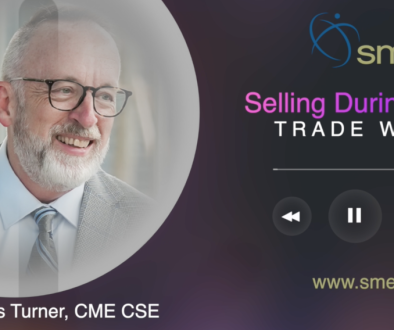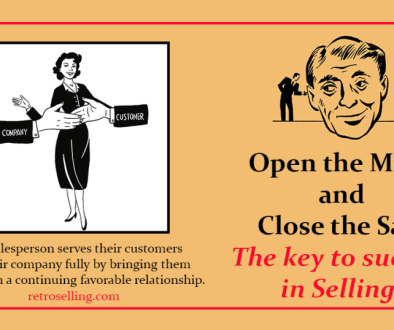Asset-light business model is the key to success for start-ups
Asset-light business model is the key to success for start-ups
Asset-light business model is the ket to success for most start-ups. Around eighty percent of new businesses fail not because of a bad idea but because of choosing the wrong business model. They start with high fixed costs and no revenue. At the core of this bad implementation lies the ill-conceived notion that a heavily invested business would generate high revenues. Some have flourished, but most have floundered. People give too much concentration on acquiring operational resources for the company. But not enough gets done on generating at least break-even revenue. This has resulted in a majority of start-up flops.
Well, it doesn’t have to be that way. There is still hope for entrepreneurs. Seasoned business people have extolled the virtue of starting small with zero assets and leveraging the enormous power of technology. Put it another way, it means adopting an asset-light business model at the very early stage of the company.
At the Berkshire Hathaway Annual Shareholders Meeting held in April 2016, Warren Buffett commented that asset-light businesses are the ideal investment opportunities. They generated significant cash flow by investing in some asset-light businesses in the early years of the company. At the heart of today’s most successful start-ups lies the emergence of asset-light business model empowered by deep-pocket private investors who are disappointed by the returns from other investments. The business model helps companies exploit new revenue opportunities faster than more mature and established firms. On closer inspection, it is not hard to find some common traits and features of several new generation businesses.
Uber
The disruptive trend towards asset-light business model has bolstered the bullishness of Uber’s investors. The model has enabled its strategy of growth over the pursuit of profits because of the lower cost of expansion. Uber does not own or maintain any vehicles because it uses the gig economy for its survival.
Zalando
What started off as a simple online business in 2008 selling flip-flops from a Berlin flat has developed into large e-commerce selling goods to 15 countries. Zalando sales revenue is rising by around 15% a year. Guess their business. Selling other brands through the Internet. Surely, the asset-light approach is nimble and sustainable.
Wendy’s
One of the ways to adopt an asset-light business model is through outsourcing as Wendy’s has done. It has reduced capital and the amount of real estate they own and managed through franchising their American outlets. Many fast food giants have followed suit and have taken advantage of such scalability.
Capital equipment OEMs
Most OEMs have transferred the task of designing and manufacturing the systems and subsystems to suppliers as new parts sold by vendors are replacing certain obsolete ones thereby passing on the operational complexities and costs associated with producing them using the capital-intensive equipment.
OYO Rooms
An innovative business model whereby partnering with existing hotels and getting a percentage of commission from them has made OYO Rooms a huge success. The brand owns hotels without having to build them from scratch thus resulting in huge savings, less risk, and exponential growth path.
Snapdeal
From homegrown online start-up to an e-commerce giant Snapdeal has managed to garner a huge customer base just by leveraging technology. The Internet has made it possible to reach a wider range of market than ever before with lower asset requirements. In just over five years it has managed to achieve a valuation of USD 5 billion making it attractive to future investors.
Hotels
Accor group of chain hotels and InterContinental hotel franchises some outlets to other hotel operators. They manage but not own some others. Only a minority of the outfits is owned or leased by the companies. Here the bricks-and-mortar is the property of someone else. Similarly, Marriott owns only a tiny fraction of the hotels that bear its brands.
Airlines
Utilization and not the acquisition of aircraft is key to stellar returns in the aviation industry. Lan flights use their aircraft to service both passengers and cargo. Likewise, DHL and Cathay Pacific share aircraft for their cargo and passenger routes respectively enjoying the advantages of increased utilization of their capital intensive wide-bodied aircraft.
Types of asset-light business models
Boston Consulting Group points out the most common types of asset-light business models based on the sources of differentiation. They are outsourcing, asset-sharing, licensing in, and licensing out. Inherently these models help companies to keep costs low, diversify risks, and to branch out into new markets. Companies outsource the supporting systems so that they can free up their resources and concentrate on their core business. Similarly, asset-sharing helps in lowering operational and labor costs. Licensing in and licensing out has helped companies to foster valuable strategic alliances in a cost-effective manner.
Lessons for start-ups
It is only natural for a wide-eyed entrepreneur to get overwhelmed and intimidated by the sheer enormity of all these successful businesses. But they all started off with zero capital. All they had was the founder’s drive. Their success lay in adopting an asset-light business model that had virtually no cost and was easy to exit in case the business failed. An asset-light business model start-up company to be successful and to have the edge over others in the market should have the following essential qualities:
- Start with the potential for future growth by paying attention to the market demands
- Do strive for a wider and deeper reach of the target market to achieve quick scalability
- Follow the trends consistently and continuously for long-term business sustainability
- Invest in cutting-edge technology such as software, systems, and subsystems
- Take fewer risks i.e. less capital-intensive investment, equipment, and real assets
- Explore cost-effective measures such as sharing resources with other entrepreneurs
The growth path of traditional old businesses was linear which implies that it took a considerable amount of time to expand the business sometimes even took the founding entrepreneur’s lifetime to achieve the desired scalability and financial success. An asset-light business start-up, on the other hand, can grow exponentially bypassing many of the life cycles of a traditional business by adopting an asset-light model enabled by modern technology. Today advanced e-commerce software has made it possible for companies to find success with a mere fraction of the cost and time.
Photo Credit: Suhyeon Choi
Social Media Marketing Certificate Fall 2018
Join us for this exciting learning experience. With an easy to follow syllabus paced over 12 weeks in an online environment that you can approach in a self-study format, you’ll find this course will fit into even the busiest schedule. While the syllabus is structured to give you a recommended schedule, you’ll be able to go through it at your own pace as long as you complete all of the assignments by the course completion. The entire learning experience can be enjoyed at home or your office.




